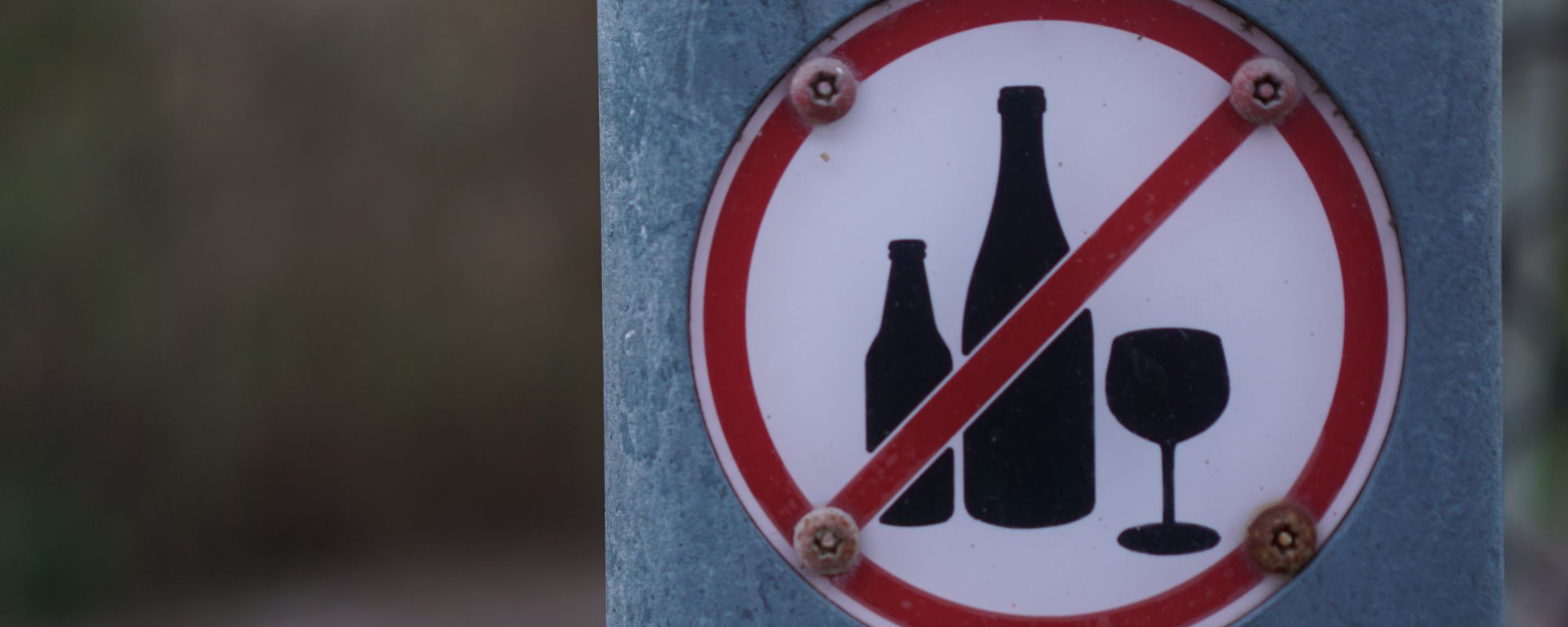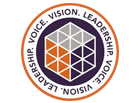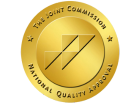Recognizing that someone you care about might be using cocaine can be distressing and confusing — a shocking secret they may have kept well-hidden for some time. Understanding how to tell if a loved one is using cocaine can be instrumental in getting them the help they need.
Subtle at first, the signs of cocaine use can often be overlooked, even by those closest to the person struggling with the drug. Someone may display slightly unorthodox, erratic behaviors or seem “off,” but it might get easily mistaken as stress or dealing with the rigors of a busy life — qualities that we all show from time to time.
Sometimes, all the indicators are there, front and center, but we’ll dismiss even the most conspicuous giveaways of cocaine abuse out of denial, convincing ourselves that the problem does not exist in a spouse, significant other, son, or daughter. But that can leave a potentially worsening addiction unnoticed, unchecked and untreated.
If you think someone you care about might be abusing cocaine, knowing what to look for and how to talk to them about it in a caring, compassionate way can make all the difference in getting them the help they need.
What Is Cocaine?
Cocaine is a highly addictive stimulant that is derived from the leaves of the coca plant native to South America.
Cocaine’s substance abuse history is quite infamous, beginning in the 19th century as a surgical anesthetic, later available pharmaceutically and even as a health tonic called “Vin Mariani” made from coca leaves and Bordeaux wine. Sigmund Freud was one of the early experimenters of the drug, where he grappled with a cocaine addiction for 12 years. And despite attempts to debunk it as a myth, cocaine was, in fact, an ingredient in early versions of Coca-Cola in the 1890s.
Freebase and crack cocaine look like small crystals that are heated up and smoked. It’s also taken intravenously or injected. But the most common way cocaine is taken is by crushing the rocks into a fine white powder and snorting/inhaling it through the nose or rubbing it on one’s gums.
What does cocaine do to the body? Because cocaine is a powerful, potent stimulant, it can make your heart rate and blood pressure increase rapidly, producing the rush of energy and alert, excited, happy and euphoric high the drug is known for, which can last anywhere from five minutes to half an hour depending on how the drug is administered and the dosage.
How Many People Use Cocaine?
According to NIDA data, nearly 5 million people in the U.S. abuse cocaine each year, and about 500,000 adults have cocaine use disorders.
Recent data from the Substance Abuse and Mental Health Services Administration (SAMHSA) reports that more than 41 million American adults have admitted to lifelong cocaine use. Within the last decade, according to SAMHSA, hospital emergency departments also reported more than 70,000 fatalities linked to cocaine, with nearly 33% of deaths from 2016 to 2017 attributable to the drug.
Cocaine Nicknames and Street Names
Cocaine is a Class A, Schedule II illegal substance, so it is often sold by various slang and street names, making it easy to avoid detection by the law, but also harder to identify. Some common monikers for powdered cocaine, according to the National Drug Intelligence Center include:
- Aspiring
- Aunt Birdie
- Birdie/Bolivian/Bouncing/Foolish/Friskie/Happy/Joy/Marching/Nose/Star-spangled/White powder
- Blow
- Candy sugar
- Devil’s dandruff
- Fast white lady
- Flake
- Nose candy
- White boy/dragon
- Yao
Is Cocaine Addictive?
Chronic use of a substance does not guarantee that someone will develop an addiction. But using cocaine is profoundly addictive, since it affects not only your nervous system, but your limbic system — more specifically, the regions of the brain that regulate reward and motivation/reinforcement, responsible, respectively, for producing the drug’s high and the desire to take the drug again and again, according to the NIDA.
“If you use it often, your brain will get used to the large amount of dopamine (a feel-good neurochemical) produced by the drug, and other healthy activities will seem less interesting or fun,” notes the NIDA. “You will want more and more of the drug just to feel normal.”
The effects of cocaine dependence and addiction are mostly psychological, but it is also used to offset the negative aftereffects of using the drug, which can lead, studies show, to repeated binge use.
“Many addicts report that as tolerance develops, they fail to achieve the positive effects they experienced when they first began using the drug; thus, they begin to use cocaine with greater frequency and in larger doses,” notes the National Drug Intelligence Center.
Can You Overdose on Cocaine?
Sadly, yes, an overdose on cocaine is not only possible, but alarmingly common. Statistics show that on average, more than 5,000 people overdose from cocaine each year, a rate that held steady since the turn of the century. But, according to data, cocaine overdose deaths began to increase about a decade ago, with more than 27,500 deaths attributed to the drug in 2022.
Symptoms of a cocaine overdose are contrary to the desired effects of taking the drug, like feelings of boosted confidence, euphoria and renewed energy. Overdose signs can include:
- Chest or abdomen pain
- Rapid breathing/heart rate
- Convulsions
- Spiked body temperature
- Nausea/vomiting
- Seizures
In a cocaine overdose, there are three stages of acute toxicity, marked by a phase of physical overdrive where heart rate, breathing and blood pressure increases, followed by a drop in blood pressure and difficulty breathing. Finally, the person loses vital functions and becomes unresponsive.
Moreover, cocaine overdoses are not uncommon when polysubstance (e.g., using more than one drug at the same time) use is involved. According to NIDA, the number of cocaine deaths in combination with fentanyl has increased significantly since 2015, hovering around 20,000 fatalities in 2022.
How to Tell If Someone is Using Cocaine
The symptoms of cocaine use in adults do not take shape in just one set of ways. There are outward and inward signs — some obvious, some indirect — that can manifest when looking to recognize that someone is using cocaine.
Physical Symptoms of Using Cocaine
The most readily apparent physical symptoms of cocaine use are the hardest to mask, even when someone tries to keep their drug use secret:
- Dilated pupils
- Nosebleeds or a runny nose (common in people who snort cocaine)
- Rapid, inexplicable weight loss
- Hyperactivity/excitability
- Burn marks on the mouth or hands (signs of smoking cocaine)
- White powder around the mouth or nose (signs of inhaling cocaine)
Behavioral Symptoms of Using Cocaine
Changes that are out of character in the way a person acts can also be signs someone is using cocaine:
- Mood swings, including aggressive behavior or irritability
- Secretive, isolated behavior or withdrawal from loved ones
- Unexpected financial problems (due to spending money on drugs)
- Risky, impulsive, harmful actions (e.g. using cocaine in large amounts, or theft/burglary/prostitution to obtain the drug)
- Changes in everyday behaviors (e.g., eating and sleeping habits, social activities)
Mental Symptoms of Using Cocaine
The toll that cocaine abuse can take on one’s mental health is just as impactful as the effects it has on the body:
- Depression
- Cocaine-induced anxiety or mood disorder
Over time, these mental health issues can worsen, leading to severe conditions like psychosis or suicidal ideation if a loved one’s cocaine use continues unchecked. Additionally, cocaine use can also bring previous or underlying troubling mental health issues to the surface.
What are the Long-Term Risks of Using Cocaine?
The first and perhaps worst long-term effect of using cocaine is the likelihood of developing a tolerance to the drug, then dependency and addiction, difficult to overcome without help. The risks of chronic cocaine use are apparent in several ways:
- Increased risk of cardiovascular problems, including heart attack or stroke
- Damage to the nasal cavity or lungs from inhaling or smoking cocaine, including loss of smell
- Difficulty swallowing
- Chronic respiratory and lung problems
- Tears/ulcers in the GI tract
“People who inject cocaine have puncture marks called tracks, most commonly in their forearms, and they are at risk of contracting infectious diseases like HIV and hepatitis C,” notes the NIDA. “They also may experience allergic reactions, either to the drug itself or to additives in cocaine, which in severe cases can result in death.”
Getting a Loved One Help for Cocaine Addiction
What do you say to a loved one struggling with cocaine addiction? Confronting or ambushing them with anger will only push them away. But approaching them with love, empathy and understanding shows you care about getting them the help they need.
Find an unguarded time when you can talk to them one-on-one. Start by expressing your concern and sharing specific observations you have made about their cocaine use. Avoid judgmental language, express your concern for their well-being and encourage them to consider professional help.
What Is Cocaine Treatment Like?
There are many different facets of cocaine recovery that follow a continuum of care, a structured, almost narrative approach to treatment that follows a deliberate order to ensure the best path to recovery:
Cocaine Detox and Withdrawal
The first, and most important, step to beating a cocaine addiction is through cocaine detox. It is a medically supervised process to clean one’s system completely of a drug in order to begin treatment, since any remaining effects of the drug can impair one’s ability to enter talk therapy with a clear mind and perspective.
Detox is also an opportunity to manage and mitigate cocaine withdrawal symptoms, such as depression, agitation, fatigue, slowed motor skills and intense cravings.
Inpatient Cocaine Treatment
A residential inpatient program teaches one the life skills they need to transition into everyday living free of drug dependency. At the Royal Life Detox center, that means the chance to live, onsite, in our safe, comforting and welcoming campus in Prescott, AZ, with the chance to focus entirely on recovery, without distractions or relapse triggers.
Outpatient Cocaine Treatment
Some people struggling with a cocaine dependency may not have as severe an addiction as others, so inpatient treatment is not necessary. Or they may be finishing an inpatient program but need a transition into another mode of treatment. This is where outpatient cocaine treatment imparts its greatest value — the chance to attend a full schedule of individual and group therapies during the day and return to the comfort of your own home, and the support of your family, each evening.
Holistic Treatment for Cocaine Abuse
Taking a holistic approach to therapy to target mind, body and soul, using a biopsychosocial/spiritual model is the perfect complement to psychotherapy because substance dependence is never merely physical. Alternative therapies like yoga unlock your attention to the wonders of mindfulness. Kayaking and rope courses not only get you in great physical shape but also connect you with others in treatment to strengthen their self-awareness through team-building exercises. Likewise, being active and spending time outdoors has remarkable effects on mood and spirit.
Aftercare for Cocaine Recovery
Recovery from cocaine addiction is a lifelong journey that begins the moment treatment completes. After formal treatment is done, your case manager will connect you with the support options you can pursue on your own as you begin on a sober lifestyle.
Recovery Support Groups
One option for people who have completed an inpatient program for cocaine use disorders is to live for a time in a sober living home, a drug-free home where your housemates are also in drug and cocaine recovery. Aftercare services will also give you access to local support groups close to where you live, like Narcotics Anonymous or Cocaine Anonymous — like group therapy, safe spaces to share experiences, seek advice and build connections with others sharing a sober journey together and understand the nuances and challenges of recovery.
Recognizing the signs of using cocaine in a loved one — or even coming to terms with it in yourself — is a huge step to getting the right help. It can seem scary at first, but think of how taking that leap, that commitment, to seeking help can change your life.
Imagine arriving at a moment in time where cocaine is not part of their life any longer, where you can help them sever ties with drug abuse forever, where the future is purely clean and sober.
How can you help them get started? Fill out this secure online form, or call us today to discuss treatment options. Together, they can beat cocaine addiction for a brighter tomorrow.
REFERENCES:
- Cocaine | National Institute on Drug Abuse (NIDA)
- Cocaine | Effects of Cocaine | FRANK
- Cocaine – Department of Mental Health
- Cocaine ‑ Definition, Crack & Plant | HISTORY
- Mind Matters: The Body’s Response to Cocaine | National Institute on Drug Abuse (NIDA)
- Trends of Cocaine Use and Manifestations in Hospitalized Patients: A Cross-Sectional Study – PMC
- The Neurobiology of Cocaine Addiction – PMC
- Cocaine Overdose: Symptoms and Prevention
- Drug Overdose Deaths: Facts and Figures | National Institute on Drug Abuse (NIDA)
- Cocaine and Psychiatric Symptoms – PMC












